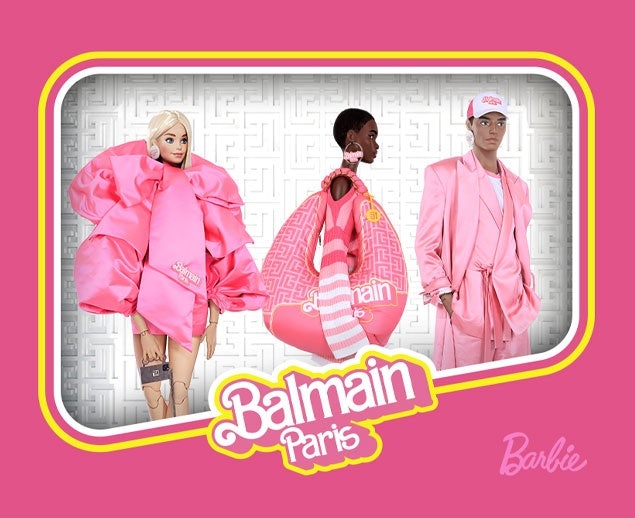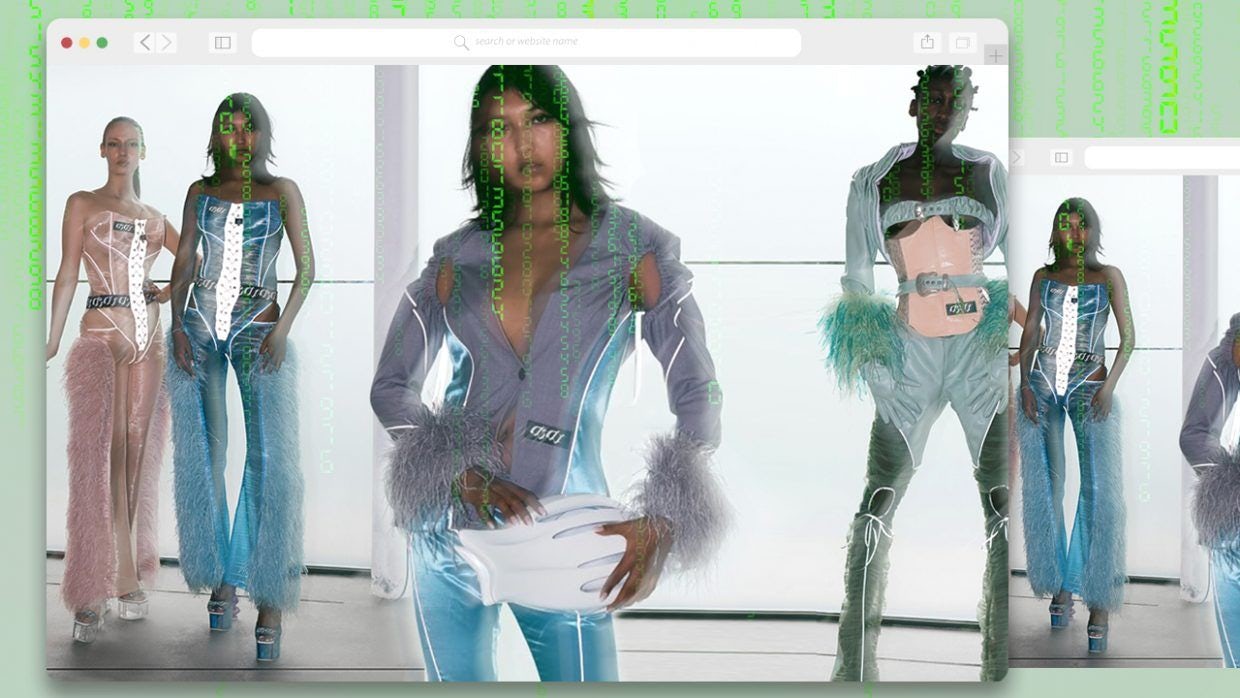Over the past year, the meteoric rise of NFTs and the metaverse paved the way for new talent, new perspectives, and new creativity. But the argument over just how sustainable the virtual dimension is — and can be — lives on.
But with great success comes great responsibility and a high price. According to Digiconomist, the power needed for a single Ethereum transaction exceeds what an average US household uses in more than a week. The buzz surrounding the metaverse’s technological possibilities is wearing off; now, all eyes are on how Web3 can be navigated responsibly.
Luxury brands have the power to drive a shift in the rapidly-developing field. But fashion’s track record in sustainability paints an uncertain picture. "Greenwashing" is already prolific in the mainstream fashion industry, but similar tactics are already being adopted in the virtual space. Simon Whitehouse, CEO of sustainable strategy partner Eco-Age and founder of EBIT, describes the concept as “Metawashing”: a process where a brand “spends more time and money on marketing its virtual products, metaverse ideas, and NFTs as sustainable rather than on actually minimizing its sustainability impact.”
Are we seeing Greenwashing 2.0? Or can brands scrap the misleading marketing gimmicks in favor of innovative digital efforts? Here, Jing Daily explores the firms paving the way for an eco-friendly future and those that are falling short in the metaverse market expected to reach a value of 122.3 billion.
Luxury’s efforts point to more to be done#
Luxury doesn’t have the best of reputations when it comes to environmental impact. But now, the odd name is using the metaverse as an opportunity to rectify their actions. For example, earlier this year, French beauty house Guerlain released an NFT collection of 1,828 "cryptobees" in an attempt to fund biodiversity conservation. Proceeds of the token sales supported a rewilding project in France’s Vallée de la Millière nature reserve. Guerlain also used XTZ, the Tezos blockchain cryptocurrency that claims to use less energy than most.
Meanwhile, Balmain’s collaboration with Barbie was powered by the Flow blockchain, a company providing environmentally-friendly transactions by utilizing an alternative, less energy-consuming method of securing NFTs. Balmain and Mattel’s NFTs generated less than 1 KWh per NFT, as opposed to the 340 KWh a single NFT can often consume — enough to fuel a 3-hour flight from London to Rome. Given the amount of NFT launches we see each week, the positive impacts from there are merely a drop in the ocean and leave much room for further change.

Greenwashing tactics take over the virtual landscape#
While some are using the virtual landscape to showcase their conservational efforts, others are relying on smoke and mirrors.
Sportswear giant Adidas has long been vocal about its environmental commitments. The company aims to achieve a “40 percent reduction in water intensity by 2025,” and become entirely carbon neutral in the long-run. But these ambitious statements don’t quite match up with the brand's Web3 roadmap. For previous token-related projects, Adidas partnered with Bored Ape Yacht Club and GMoney — NFT collectives that aren’t particularly vocal about their sustainability goals. The brand also sold 30,000 NFTs as part of its "Into The Metaverse" initiative on the Ethereum blockchain; an extremely energy-intensive drop, aforementioned data considered.

Similarly, Prada’s sustainability strategy claims that the brand is working towards mitigating its impact on climate change by preserving ecosystems and embracing circular thinking. The Italian label’s ongoing Timecapsule NFT project champions circular fashion by partnering tokens with IRL pieces made using upcycled fabrics from the Prada archives. Prada frames the initiative as a way to give surplus materials a new life, but it’s less clear just how much energy the drops are emitting each month — particularly as they are also sold using the ETH currency — and what the brand is doing to offset its impact.

It’s worth noting the countless brands jumping in and out of the metaverse without a solid digital roadmap. How much environmental damage are these sporadic drops causing? And how are brands planning to offset their virtual carbon footprints without a clear strategy? It makes sense to test the waters before diving headlong into the digital space, but diligent players should recognize the ecological by-product of their campaigns upfront.
Battle of the blockchain#
Whether or not a brand is taking the steps to live up to its environmental promises often boils down to which blockchain, or cryptocurrency system, they choose to sell their virtual assets on.
As of today, the favored option for Web3 digital asset ownership is Ethereum, where most tokens are bought and sold using the ETH currency. But the aforementioned Digiconomist data signals the sizable consequences of Ethereum’s popularity.
Research shows that there are more environmentally-friendly options out there: eco-friendly blockchains like Flow and Chia are designed to be less energy intensive than Bitcoin and Ethereum. But one of the main issues with smaller blockchains is that investors are cautious about channeling their money into scam programs. Stronger security protocols lend larger blockchain systems like Ethereum undeniable reliability.
Acknowledging the effect of climate footprint in Web3#
For brands looking to take their climate footprint seriously, perhaps entering the Web3 landscape at this point in time isn’t viable. Adam Knight, co-founder of Tong Global, thinks that in its current form, there is very little to suggest the metaverse is anywhere close to being sustainable. “On the face of it, metaverse commerce — primarily the trading of digital items and NFTs through blockchain-based processes and cryptocurrencies — is vastly more energy-intensive than real-world purchases,” Knight said. “Many companies may try to hide behind the hype, availing themselves of genuine responsibility in solving these very complex problems. But consumers catch on quickly, and the resulting pushback can be hard.”
The metaverse is still in its infancy — but it’s all the more important for brands to lay sustainable foundations now. Considering the environmental impact of metaversal initiatives should come first, says Carl Navarro, founder of The Good Society, a collective harnessing the power of NFTs to fund global initiatives. Educating teams on how to spot a genuine project from a false one should also be top of mind.
“It is first and foremost the most important aspect when developing companies and projects in the Web3 space. Once you have that authentic intention, then the mission statement and brand ethos can encompass a community that consumers are innately attracted to,” Navarro explained. “It is right that we should look to new technologies to create a step change in society, but blind technological solutionism — an absolute belief that technology can provide all the answers — is naive.”
Rose-tinted glasses in the metaverse are starting to slip, and it’s time for brands to take action before it’s too late to undo the consequences. After all, no matter how exciting the prospect of a new world may be, we simply cannot afford to forget about the one that we’re living in right now.


